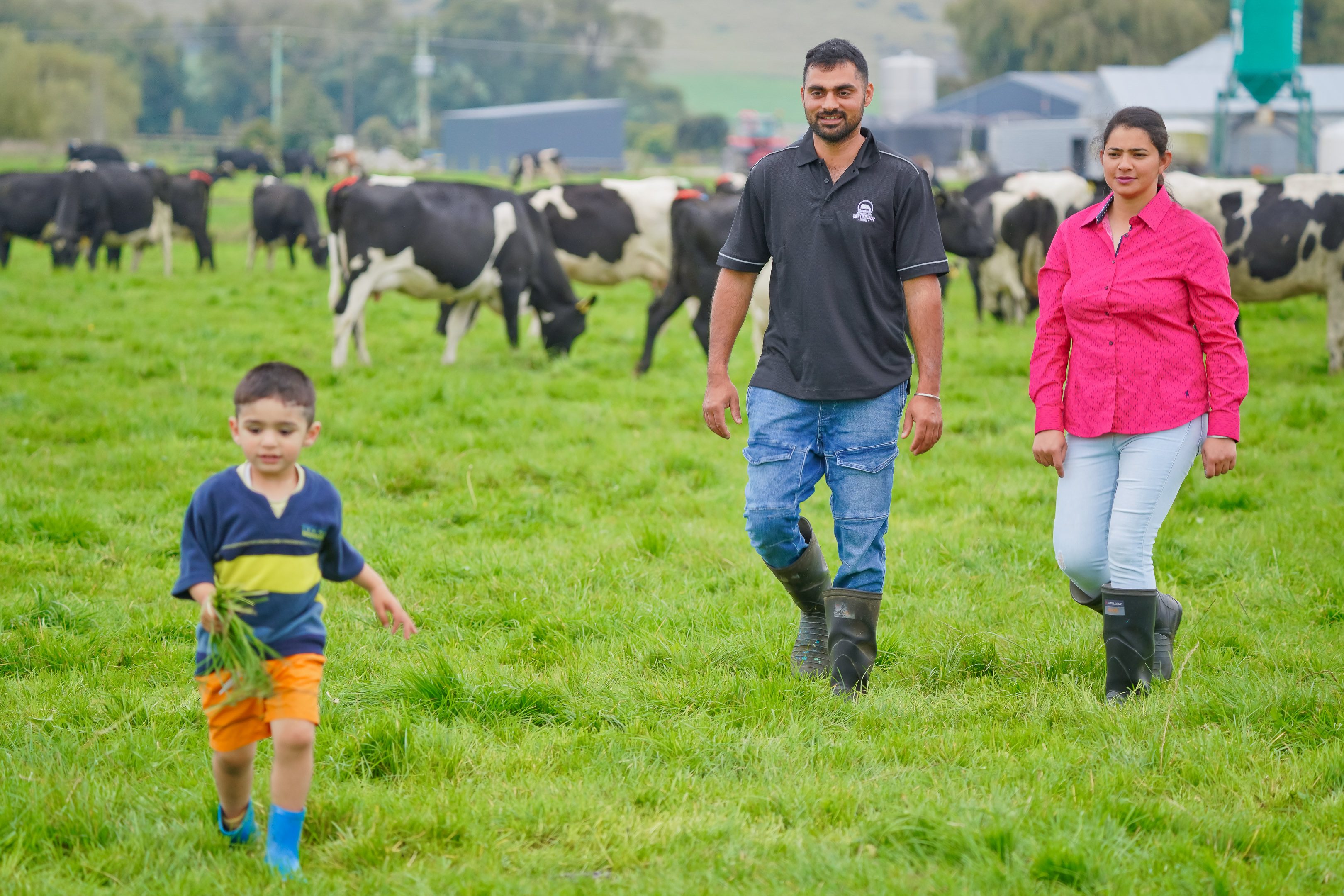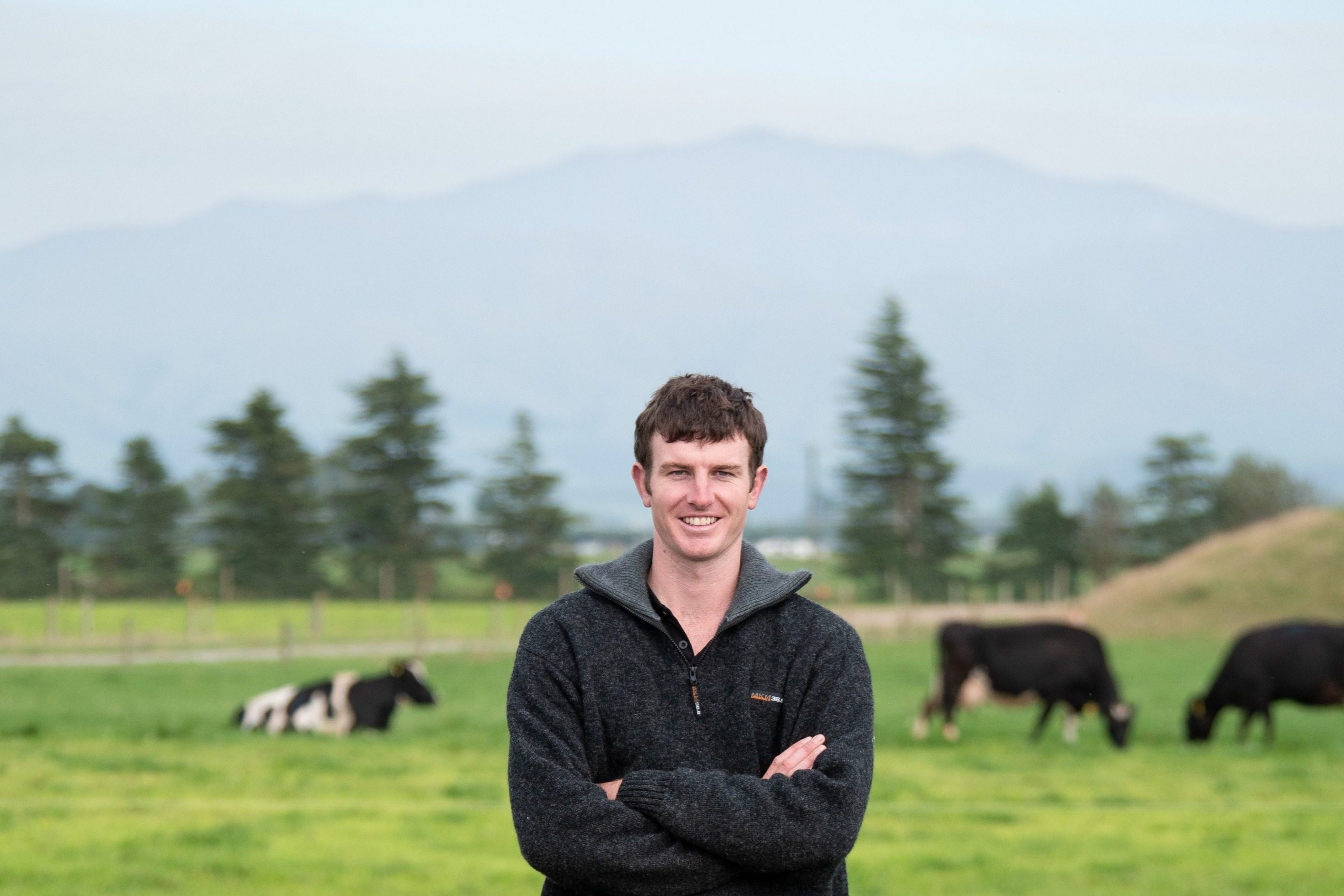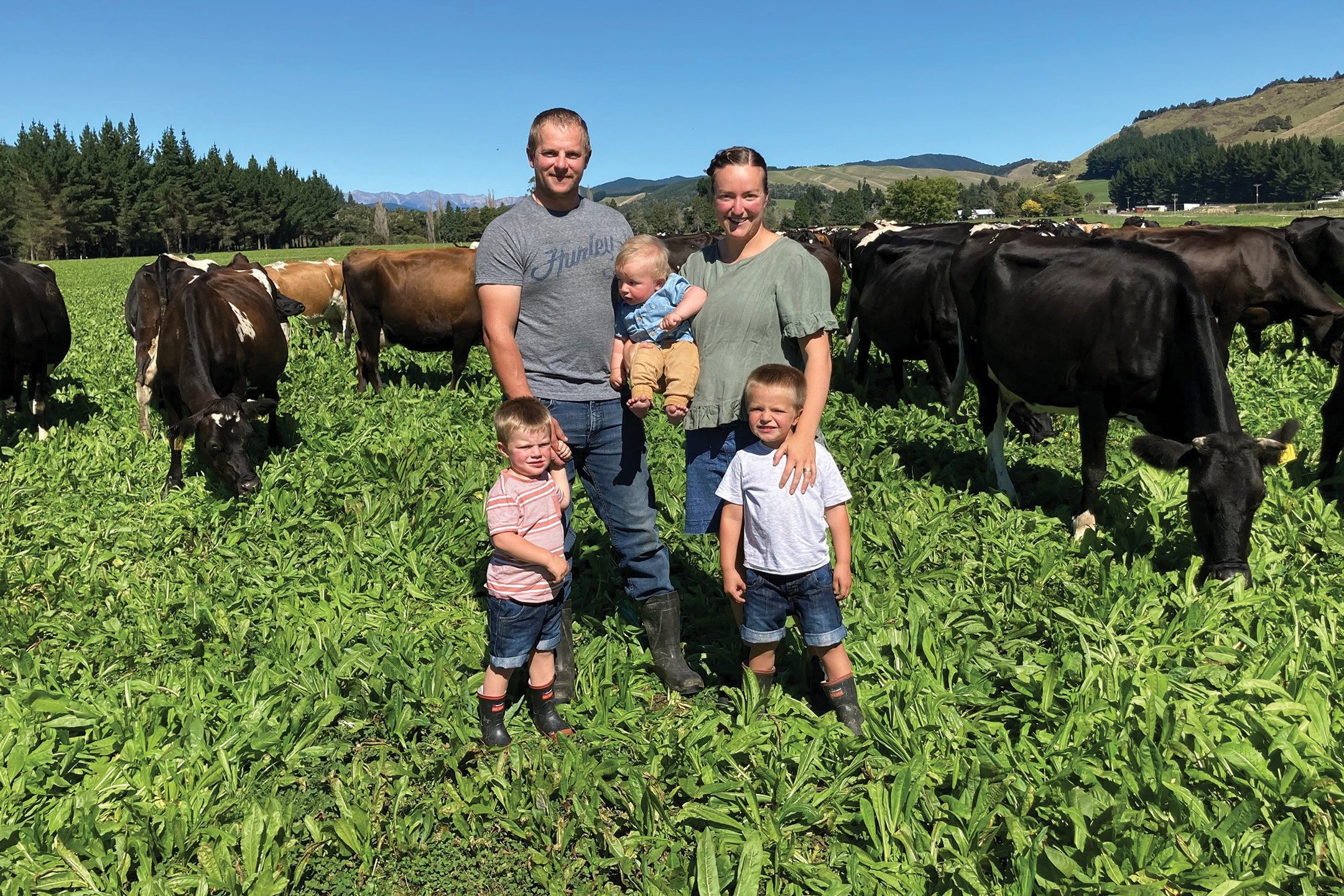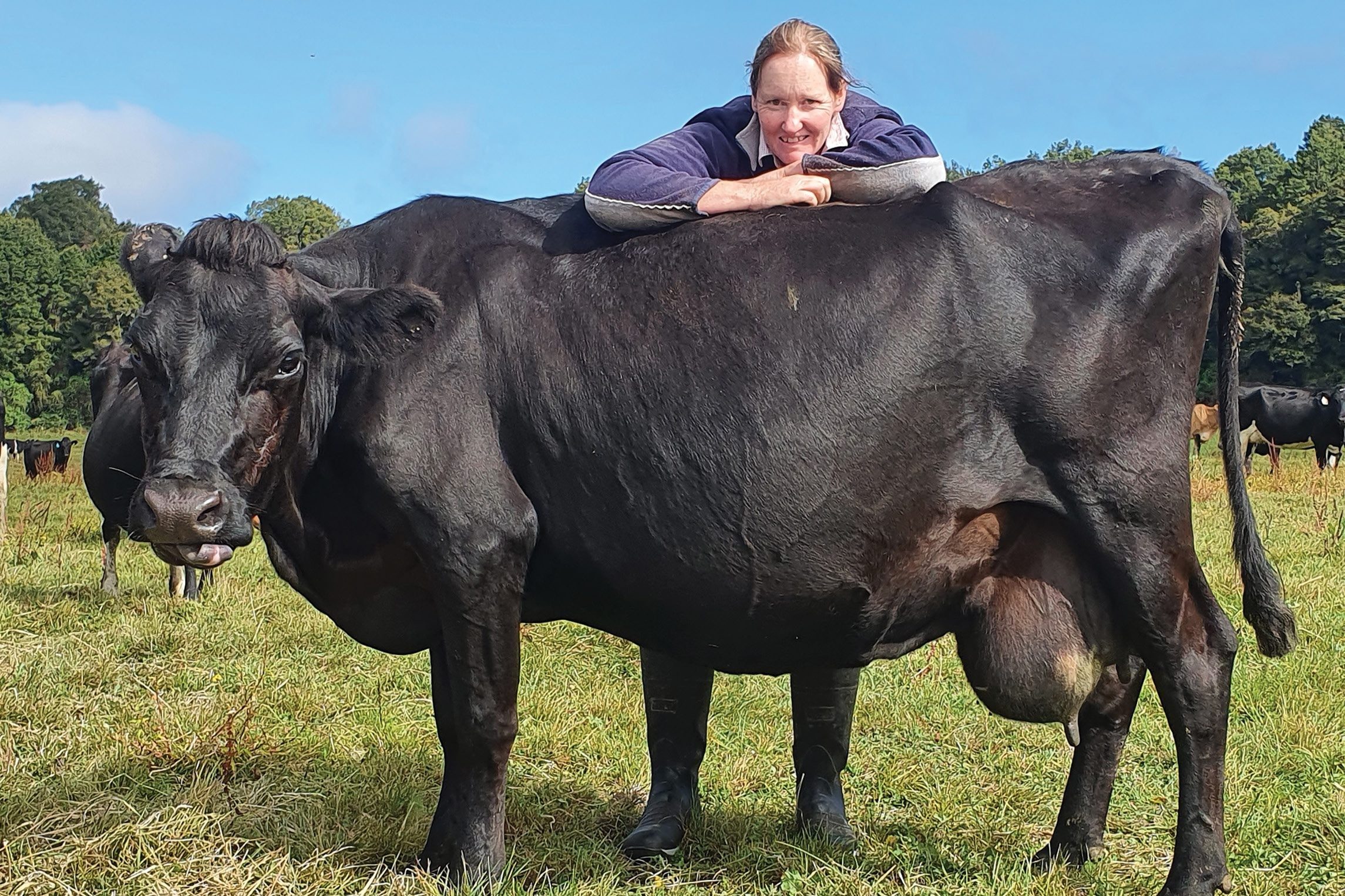Record high milk prices represent an opportunity for farmers who can cost-effectively increase their milk production. They also represent a risk because high imported feed prices mean it will be very easy to spend more on supplements than you will get back in milk return, writes Wade Bell, Farm Systems Manager with the New Zealand Feed Manufacturers Association, 2020.
Many farmers are trying to work out what they should do about securing feed for the 2022/23 season. While nobody has a crystal ball, it is useful to understand some of the factors which have driven feed prices to record levels.
New Zealand imports more than 55% of the grain it uses for livestock feed production. While our grain comes from a number of countries, the price we pay is determined by global supply and demand. Ukraine and Russia are huge grain producers. Together they account for about 25% of the world’s wheat and barley exports.
Ukraine is the world’s largest exporter of sunflower seed, second for canola and third for maize while Russia is second for sunflowers and sixth for maize. The war in Ukraine will have an obvious impact on planted acreage while global sanctions will impact Russia’s ability to grow and export grain. The combined effect is a predicted tightening of stocks and markets have already reacted by lifting futures prices.
Prices for byproducts like palm kernel, which have the potential to displace grains in livestock feed rations, have also been dragged upwards. The freight cost to get them to NZ has lifted due to the rise in crude oil prices. The spot price for palm kernel has just passed $500/tonne ex-port. For many this will equate to a delivered price close to 60c/kg drymatter (DM).
Growing or buying more maize silage is a cost-effective alternative and now is the time to think about how it might work for your farm system.
Most dairy farmers can grow a maize crop in an effluent paddock for 15-20c/kg DM stacked.
On a run-off or lease land where a full fertiliser input is required, the price rises to 20-27c/kg DM. Even after the cost of “foregone pasture” is considered, maize silage is still a very cost-effective option.
Another option is to buy in maize silage. There is a well-established network of contract growers in most areas and the price of maize silage is much lower than imported alternatives.
If you are thinking about growing (or buying) a bit of extra maize in 2022-23 talk to your local merchant or contractor so they can lock in your crop inputs as soon as possible. If you would like to talk to a Pioneer Farm Systems specialist about how maize silage could work for you, give us a call on 0800 PIONEER.





